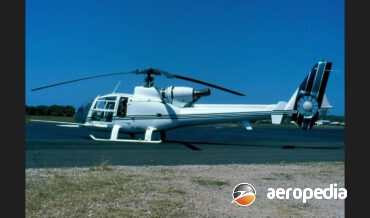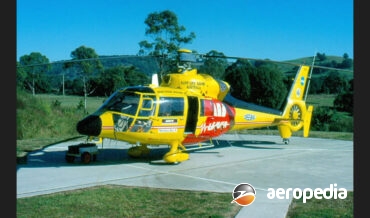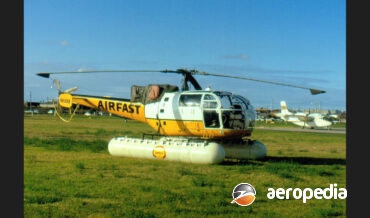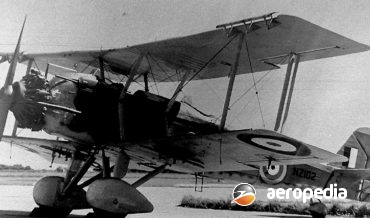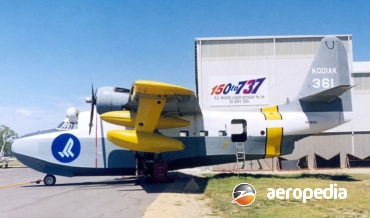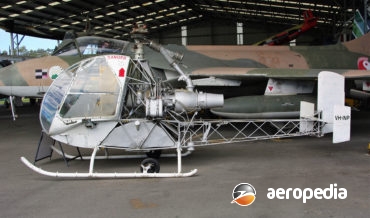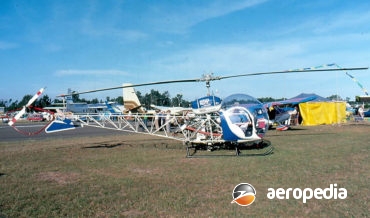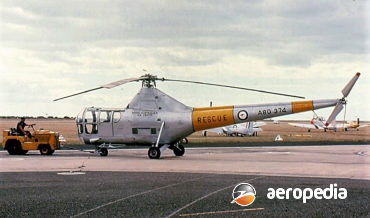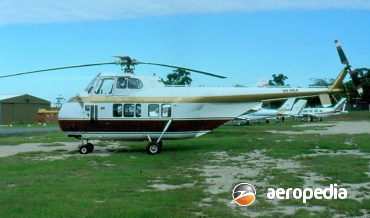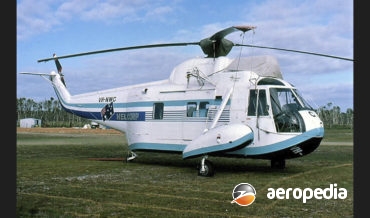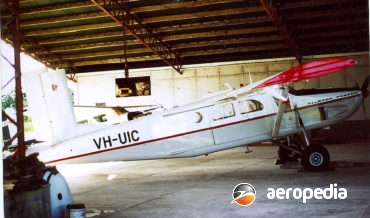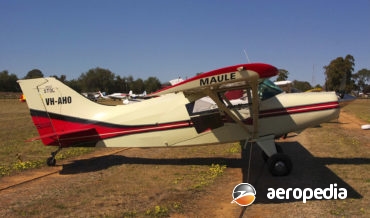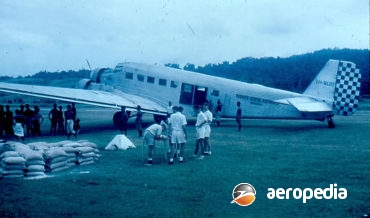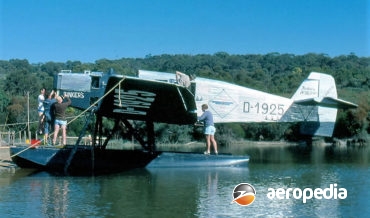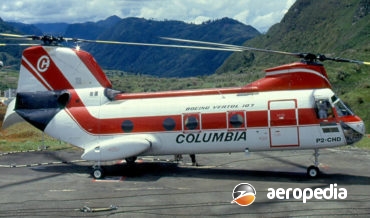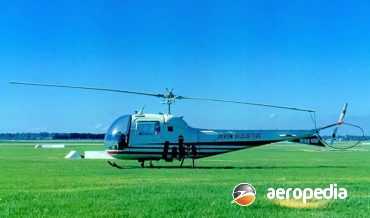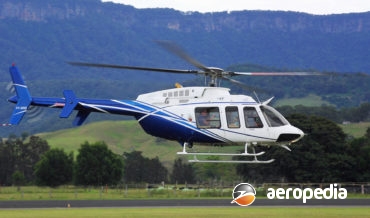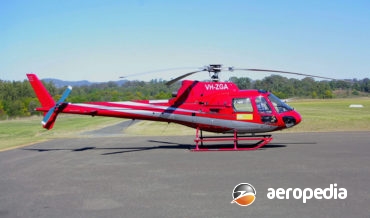All Contents
Contents
Developed as a general-purpose, light-weight helicopter for military and civil use, the Gazelle was produced in large quantities both by Aerospatiale in France and Westland in the United Kingdom, as well as being assembled in Yugoslavia.
David C. Eyre
- June 26, 2020
Designed as a replacement for the widely used Alouette series of general- purpose helicopters, the Dauphin was initially produced in two versions; the single-engine model fitted with a Turbomeca Astazou turboshaft of 783-kw (1,050-shp); and the twin-engine model powered by two Arriel turboshafts.
David C. Eyre
- June 26, 2020
The Alouette III was first placed in production by Sud Aviation in 1961 as a general-purpose helicopter for both civil and military applications.
David C. Eyre
- June 26, 2020
In 1955 the aircraft division of the Hughes Tool Co designed and developed a light helicopter known as the Model 269.
David C. Eyre
- August 24, 2019
The Vildebeest was designed for the RAF by R K Pierson of Vickers to replace the Hawker Horsley, and the prototype (N230) flew with a Bristol Jupiter VIII engine at Martlesham Heath in April 1928.
David C. Eyre
- May 19, 2019
In 1944 Grumman commenced design of a successor to the successful Goose amphibian and, known as the G-64 Albatross, the first of two prototypes flew on 24 October 1947.
David C. Eyre
- May 19, 2019
The Aerospatiale Ecureuil was designed for the civil market, the prototype (F-WVKH) being flown for the first time on 27 June 1974 with a Lycoming LTS 101 turboshaft, being followed by the second prototype (F-WVKI) with a Turbomeca Arriel 1A engine.
David C. Eyre
- May 19, 2019
The Djinn was the first jet driven helicopter in the world, being designed by the Sud-Ouest concern which subsequently became part of Sud Aviation when the French aircraft industry was nationalised.
David C. Eyre
- May 8, 2019
For many years Soloy Conversions in the United States has been involved in converting of aircraft and helicopters to turbine power, using the Allison 250 range of turbines.
David C. Eyre
- May 8, 2019
The Hiller UH-12 series of utility helicopters has been in service world-wide for many years, being produced by the original Hiller company and was known as the Model 360 family, and some were produced by Fairchild-Hiller, , being supported by Hiller Aviation Inc which produced new or re-manufactured examples until
David C. Eyre
- May 8, 2019
Developed from the Sikorsky R-4 (the Vought Sikorsky Model 316A), which was the first helicopter produced for the US armed services in quantity, the Vought Sikorsky Model 327 followed the design layout, with main and tail rotors shaft-driven from an engine in the fuselage, but it was a completely new
David C. Eyre
- May 8, 2019
Sikorsky began development of a general-purpose helicopter to meet US military requirements in 1948, a contract being received from the US Air Force for five examples of the new design, known as the S-55 or H-19.
David C. Eyre
- May 8, 2019
In April 1971 Sikorsky received approval from the US FAA to convert a number of S-58s to turbine power using the PT6T-3 Twin Pac in order to increase the power and load carrying capacity of the machine, and to meet heavy lift requirements of a number of operators.
David C. Eyre
- May 8, 2019
The S-62A was a development of the well proven S-55 series using many components of that type, including rotor blades, main and tail rotor heads, main, intermediate and tail gearboxes, shafting, and portions of the flying control and hydraulic systems, but with a completely new amphibious fuselage.
David C. Eyre
- May 8, 2019
Pilatus Flugzeugwerke was formed in December 1939 under the leadership of M E Buehrle, the Swiss industrialist and owner of the Oerlikon company.
David C. Eyre
- May 8, 2019
The next series was the M-7, which commenced with the M-7-235 Super Rocket five seater with a 175-kw (235-hp) Avco Lycoming IO-540-W engine; MX-7 Star Rocket with the short span wing of the M-5, increased fuel capacity, ailerons and flaps of the M-7, and the fuselage of the M-6, and
David C. Eyre
- May 8, 2019
The workhorse of the German Luftwaffe in the transport role during World War II, the prototype Ju-52/ba (D-1974)
David C. Eyre
- May 8, 2019
The W-33 was developed by Junkers concurrently with the W-34 series, both being virtually identical, and in the ultimate a development of the F-13.
David C. Eyre
- May 8, 2019
The W.34 series was developed concurrently with the W.33 by Junkers using virtually an identical basic design, and both were refinements of the F.13 and built as general purpose transports.
David C. Eyre
- May 8, 2019
The first prototype of the Bristol 171 Sycamore, a Mk 1 (serial VL958), was flown on 27 July 1947, with the second, a Mk 2 (VL963) being flown in February 1948.
David C. Eyre
- May 8, 2019
Vertol Aircraft Corporation was formed in March 1956 and immediately commenced the design of a twin-turbine tandem-rotor transport helicopter for civil and military use.
David C. Eyre
- May 8, 2019
The Model 47J series of helicopters was announced in 1954, it being decided that it would be produced alongside the 47G series.
David C. Eyre
- May 8, 2019
The Bell Model 214ST (ST for super transport) was a development of the Model 214B (known as the Biglifter) and replaced that model on the production line in early 1981, deliveries of 214STs to customers beginning in early 1982.
David C. Eyre
- May 8, 2019
The Model 407 is a significantly improved development of the Bell 206L-4 LongRanger, with better range, payload, cruising speed and hovering ceiling.
David C. Eyre
- May 8, 2019
The Bell 427 was Bells first entry into the light twin-engined turbine utility helicopter market, being an eight seat machine powered by two Pratt & Whitney Canada turboshafts.
David C. Eyre
- May 8, 2019
The prototype of the Ecureuil (Squirrel) light utility helicopter, powered by a Lycoming LTS 101 turboshaft, was flown for the first time on 27 June 1974. On 14 February 1975, the second prototype was flown, powered by the French Arriel turboshaft. The type subsequently entered production France at an initial
David C. Eyre
- May 8, 2019
Recent Comments
Archives
Categories
- No categories
Categories
- No categories
Latest Posts
Newsletter

